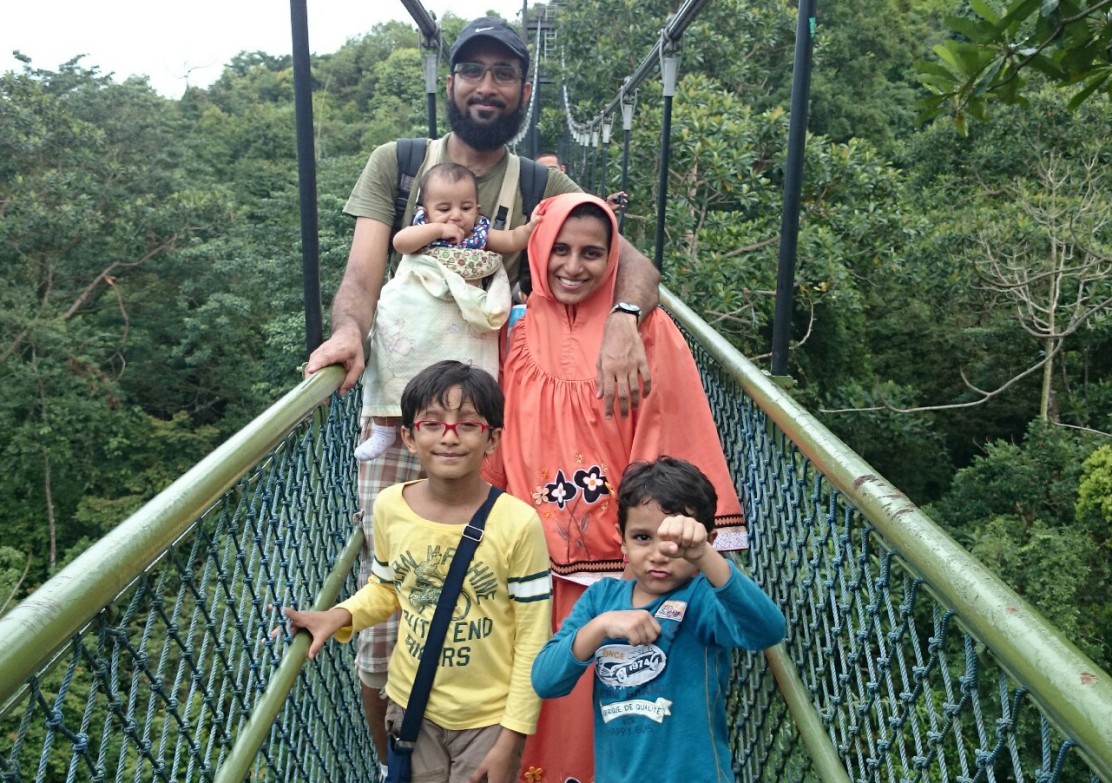“Yes ,we are going Malaysia today.” I told my parents in excitement, last week. My family and I went to Malaysia for the same usual stuff we do, like shopping but last week we had to go to the butcher. Here is the plan we had to follow: Breakfast then the butcher shopping lastly home and the immigration is the longest time I have been stuck in the car for
We went to Tesco for shopping, Butcher for meat, breakfast and lunch to eat. The destinations to go to all the place is very far from each other. In Tesco we did shopping for fruits like apple, grapes, mangoes, vegetables like spinach, carrots, junk food like doughnuts and much more. The only thing we bought for sports is a ball needle for a pump. While we were at the butcher I got the chance to pet the goat on the horns and the hair/fur. We also saw a humongous female cow going to charge towards us. 🙁 During breakfast we went to a Malaysian shop and ate some breakfast as that was one of the stores near the immigration. But for lunch we were not that lucky and ate at an another store at 2-3pm
I felt very happy and I would love to go for this trip again!
